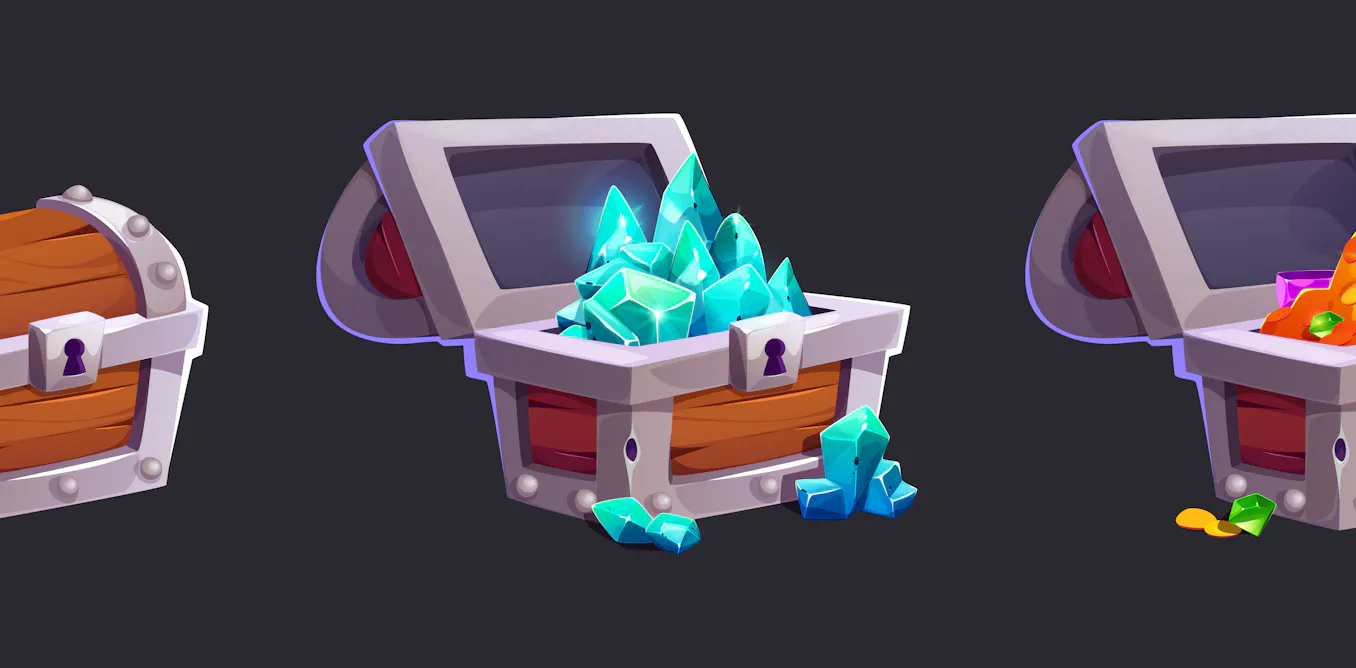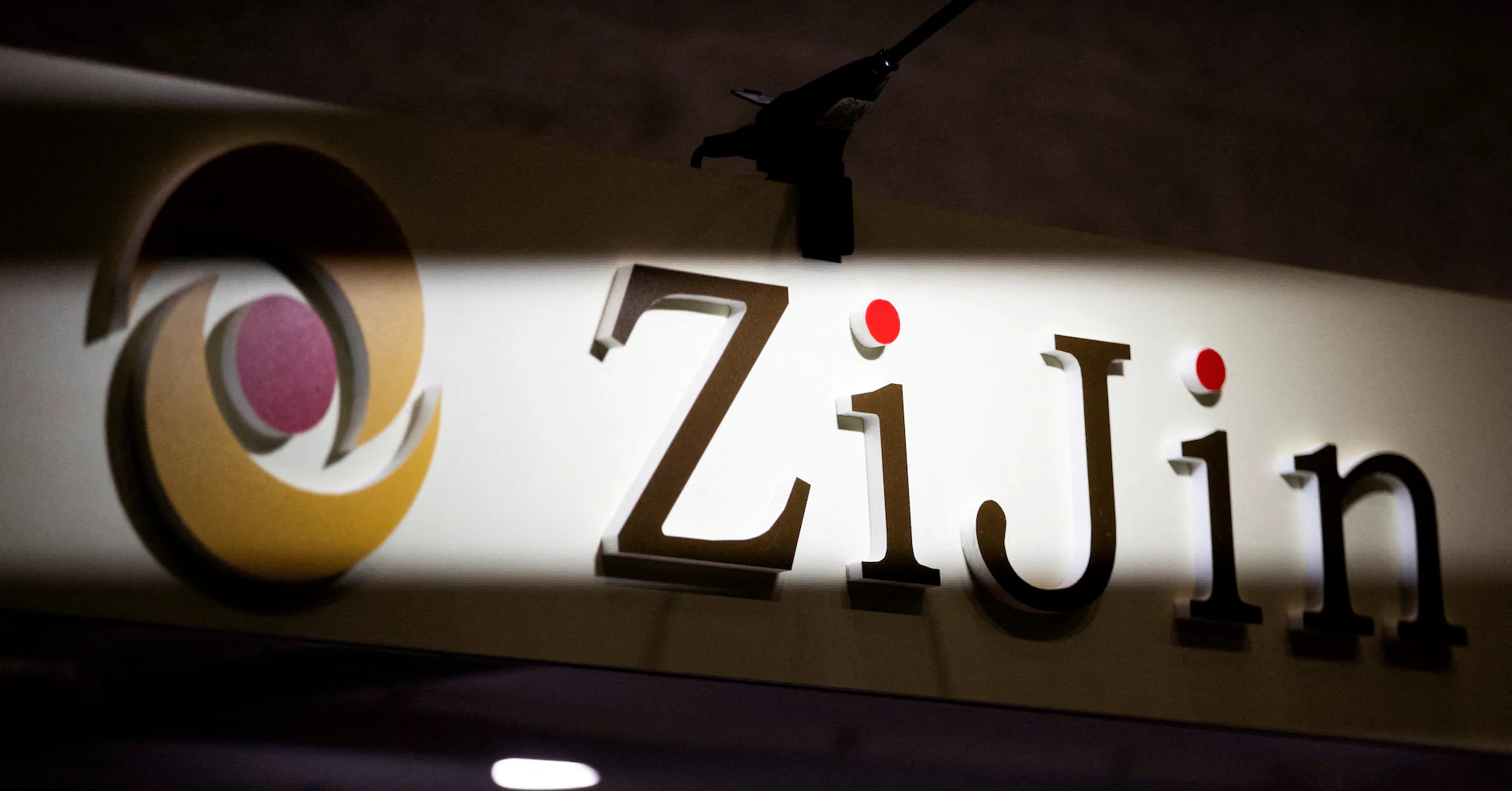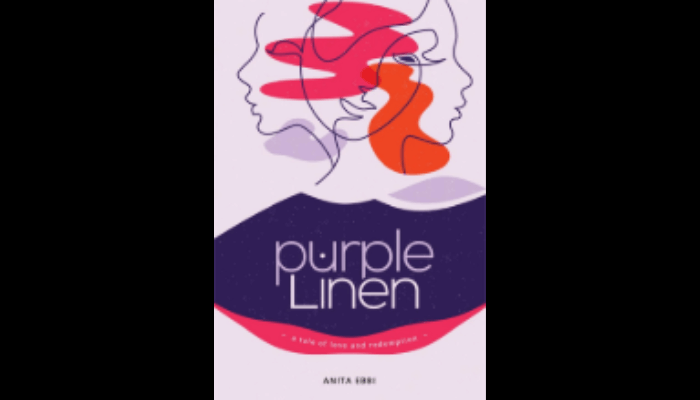By ARC Future Fellow,Assistant Professor,Australian Research Council DECRA Fellow,City University of Hong Kong; Marcus Carter,PhD Candidate,Postdoctoral Research Fellow in the Sydney Games and Play Lab,Professor in Human-Computer Interaction,School of Creative Media,Senior Lecturer in Digital Cultures,Sydney Games and Play Lab,Taylor Hardwick,University of Sydney,University of Sydney; Ben Egliston,University of Sydney; Leon Xiao,University of Sydney; Tianyi Zhangshao
Copyright theconversation

In September 2024, Australia introduced a new classification approach for games with gambling-like content.
Under this scheme, videogames containing in-game purchases linked to chance-based features such as “loot boxes” or “gacha” must have a minimum classification of M (not recommended for children under 15 years of age). Additionally, videogames which contain simulated gambling, such as social casino games, must be classified R18+ (legally restricted to adults aged 18 or older).
These new laws aimed to address the impacts of gambling-like content in games on children, given growing evidence such content in games may cause financial harm and is potentially linked to problem gambling.
However, our new research shows that a year later, there remains widespread non-compliance with the new laws in games on the Apple App Store and the Google Play Store. Parents have to navigate a confusing landscape to determine what games are appropriate for their kids to play.
Regulating loot boxes and gambling-like features in games
The dominant business model of the games most popular with children, such as Roblox and Fortnite, is “free-to-play”. These games cost little or nothing to play up-front, but most of the game’s revenue comes from in-game microtransactions.
The new classification approach primarily targets loot boxes. These are features in games which fall under a broader umbrella of “random reward mechanics”. These features usually require an in-game purchase, after which players are given a reward of random value and rarity.
Random reward features are increasingly being considered gambling, with particular concern around their impacts on children and young people leading to future gambling behaviours.
Other countries including Belgium, Spain, and just this week, Brazil, have attempted to ban loot boxes for young people, with varied success.
Australia’s existing classification laws govern what type of media content is appropriate for different age groups. In 2024, these laws changed to include “in-game purchases linked to elements of chance” which can be purchased using real currency, or any virtual equivalent which can be purchased using real currency.
The changes were not retroactive, and would only apply to any game which was released, or updated to include or alter loot box features from September 2024 onwards.
Under these laws, the maximum penalty for mislabelling a game is around A$6,000. But in the context of how much money these games make, this figure is a drop in the ocean. Many of the top-grossing games earn millions in revenue, creating little incentive for publishers to ensure compliance.
Non-compliance with loot box classifications
In our research, which is yet to be peer-reviewed, we looked at the 100 top-grossing mobile games across both the Apple App Store and Google Play Store. We wanted to determine whether they had loot boxes or simulated gambling features, and if so, whether their advertised age rating was compliant with Australia’s new classification laws.
We found 20% of these games on the Apple App Store, and 48% on the Google Play Store, were non-compliant, displaying age ratings lower than required despite having loot boxes or similar features and being updated after September 22 2024.
This remains the case one year after the new classification rules were introduced.
Misleading multiple age ratings
While assessing these games for compliance with the new classification approach, we found another problem with age ratings listed on the Apple App and Google Play stores: they frequently display multiple conflicting age ratings, making it challenging to understand a game’s actual age rating.
So, we examined the top 25 grossing mobile games on these stores (31 games total) to understand the breadth of this problem. We looked at each game’s age rating listed on the Apple App Store and Google Play Store, and any ages mentioned in each game’s description, privacy policy, and terms and conditions documents.
We found 30 of the 31 games displayed multiple conflicting age ratings. Only one game, Lightning Link Casino Pokies, a simulated gambling game, showed one rating (R18+).
Alarmingly, 18 (58%) of these games displayed four different age ratings simultaneously. For example, Gardenscapes was rated G on the Google Play Store, 4+ on the Apple App Store, 16+ in its privacy policy, and 16+ with parental permission in the terms and conditions.
Earlier this month, Apple streamlined age rating displays on the App Store. However, these ratings still don’t align with Australia’s classification rules, and the change has not fixed the underlying problem – a lack of consistency and enforcement for game classification across different platforms.
What are parents supposed to do?
Mobile platforms distribute games at an international scale, and in massive numbers. Their effective regulation is vital for protecting consumers – especially children.
The current regulations are ineffective at enforcing compliance with correct and clear age ratings in the top-grossing games on mobile app stores. These laws exist to guide parents and children’s decision-making regarding content which is or isn’t appropriate.
However, in a landscape where age ratings are confusing and don’t reflect classification laws, how can parents trust this information and effectively navigate decisions around which games their children should or should not play?
We recommend stronger penalties for misclassification which are scaled to company revenue, enforcement action against misleading and deceptive age ratings, a single consistent age rating for a game across app stores and policies, and clearer guidance and support for parents.



